On day 2, we continued exploring more temples. Considering how many there are, we couldn’t hope to get any significant percentage of them done, but we were certainly going to try.
First up was Pyathadar Temple. The interesting thing about this particular temple is that it’s one of the last temples built by the Bagan dynasty, which puts it squarely as the most complex and advanced achievement of that period. It exhibits tremendous Indian influence, which was common in the Myanmar of these times. It also happens to have pretty nice views from the top.
The corridors are fairly impressive.
As are the views:
And the detail of the upper structures:
After this, our guide took us to a really interesting small temple. It was slightly off the beaten path, and was being taken care of by a woman who, apparently, took it upon herself when her father died. Her father was an archaeologist that spent a long time researching temples of Bagan, and this particular temple was his preferred. He, through some sort of an arrangement with the Burmese government, managed to become the sole caretaker of this temple, and after his death, this duty passed to his daughter. What was special about this temple was that it represented Buddha in a slightly different light – it was designed in such a way that you would not look up at Buddha, but could instead climb on a small staircase and look at him. This was very… different from the normal way, and was intended to represent equality, as with a mere mortal.
Another interesting part is that this temple does not show up on Google Earth (not a single picture is attached to it) and there is no information on it anywhere that I can find. It really was a niche gem that our guide wanted to show us.
Next stop was Sulamani Temple, built by King Narapatisithu sometime in the late 12th century. Legend has it that once, on returning from a hike, he stumbled upon a shining ruby in the dirt. He saw it as a sign, and he built a temple on that spot. Decorated with spectacular murals, many of them have vanished over time, or been replaced by junk, but overall, the temple is still impressive, especially with the impressive spire.
Of course, our favourite brand is everywhere.
Local flowers:
Entryway:
Corridor:
Side view of Buddha:
Some of the remaining murals:
Thanks for the garbage.
One of the side gates:
Next up was Dhammayan-gyi temple. This is probably the most massive temple in Bagan, and has a fascinating story. The king who built it, Narathu, built it in just three years; the length of his reign. Possibly, this is why the top is unfinished. It is said that he demanded perfection in the bricklaying work, and he would visit the site and put a needle between the bricks; if the needle passed, he would chop the fingers off the hand of the workman who laid the brick. He was also a violent, and unpopular king – he ascended to the throne via regicide, by killing his father, and by fratricide, killing his elder brother, who was entitled to the throne. He also killed his queen with his bare hands. He was eventually assassinated, but not before building Dhammayan-gyi as a sign of repentance.
The really peculiar thing about this temple is just how dark it is. Most other temples in Bagan tend to be somewhat sunlit, as they are supposed to be happy places, for worship and respect. Dhammayan-gyi is spectacularly dark… and there are bats in it. They don’t bother people, since they don’t like them any more than people like bats, but they are there – and this is certainly not the case for ANY other temple we’ve been to in Myanmar. Our guide suggested that this is due to the dark energy in the temple. I can believe that.
Next up was a lacquerware shop that our guide wanted us to check out. We got to check out how each piece is individually lacquered – and importantly, just how many times.
First, how the individual items are folded from individual pieces of bamboo:
Then, after about 15 layers of black lacquer, the actual design is applied. Apparently, men do the overall high-level brush strokes, followed by women who apply intricate detail.
The somewhat comical thing was, when we walked in, one of the girls (the right one) was SMSing on her phone, and the other was working. But when we (the foreigners) walked in, she very smoothly put away her phone, and continued etching. I guess slacking is international.
Finally, this comes out, ready for painting:
Eventually, after a lot of black paint…
… and going through phases like these…
… something like this comes out.
Or, if you prefer it in gold:
Needless to say, the level of detail is fairly impressive.
Next was Myazedi Pagoda.
Saw a curious monk on the grounds. That’s a nice Nikon, yo.
Map of Bagan… in real life!
A tourist bus was arriving as we were leaving.
Next up was Ananda temple – the most beautiful temple of Bagan. It’s a whole complex of stuff – museums, terracotta, plaques and so on. It was built around 1091 AD by King Kyansittha.
A few warnings worth heeding were at the entrance…
A full-blown market was in session.
The main Buddha statue was, once again, representative of the reallyintricate detail that the builders of the Bagan period possessed. The statue looks relatively normal in general…
… until you realise that from the outer rung, the statue’s face looks happy:
… but from the inner one, recognizably less so.
All to do with the angle of the face, but still – absolutely fabulous when you actually realise it.
An ordainment ceremony was in process for some kids.
After the Ananda, I expressed a desire to our tour guide to go somewhere to watch the sunset. He took us to a completely abandoned temple that had a ridiculously decrepit staircase… that took us up about one floor, after which we had a spectacular view of the valley. Another off-the-beaten path place that was a complete win.
Panorama of the view:
Some more pics:
We ended the day in a place called Starbeam Bistro, which, despite the Western-sounding sci-fi name had some trouble with a steady supply of electricity… but most certainly no trouble with absolutely spectacular local food.
Best of all? The final bill. This is a dinner for three, with beer, juice and water. Exchange rate is approximately 1000:1, so this was $16.
And so ended our penultimate day in Bagan. Next day we planned on doing nothing and just relaxing in the hotel until our flight in the evening… but after seeing all of what we saw, we decided to include another half-day of sightseeing to make sure we covered as much as we could. It was a well-worthwhile decision, but more on it later.

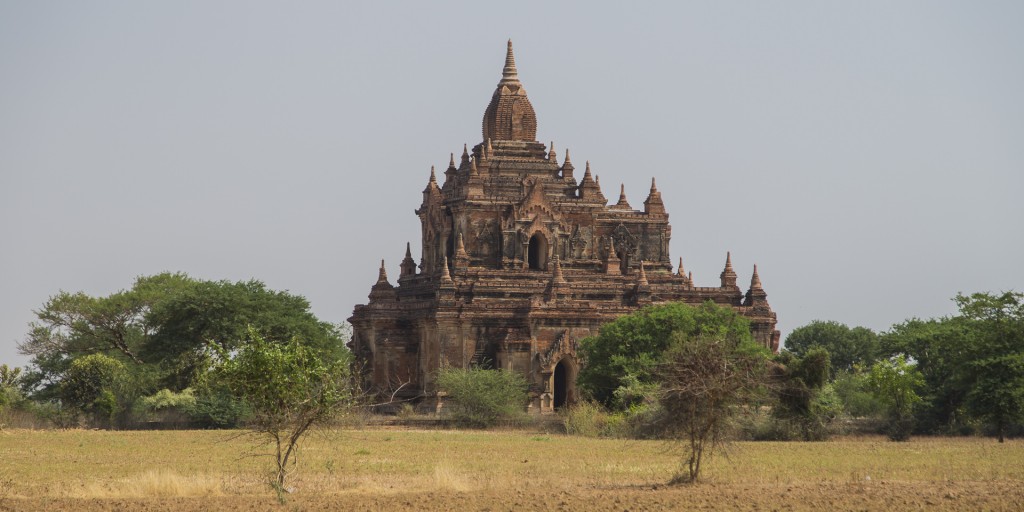
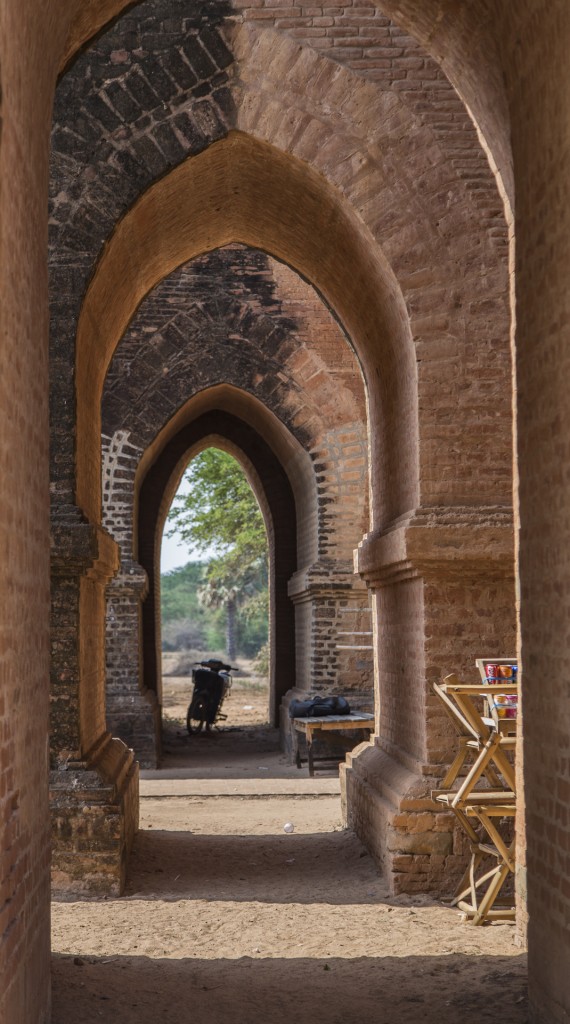
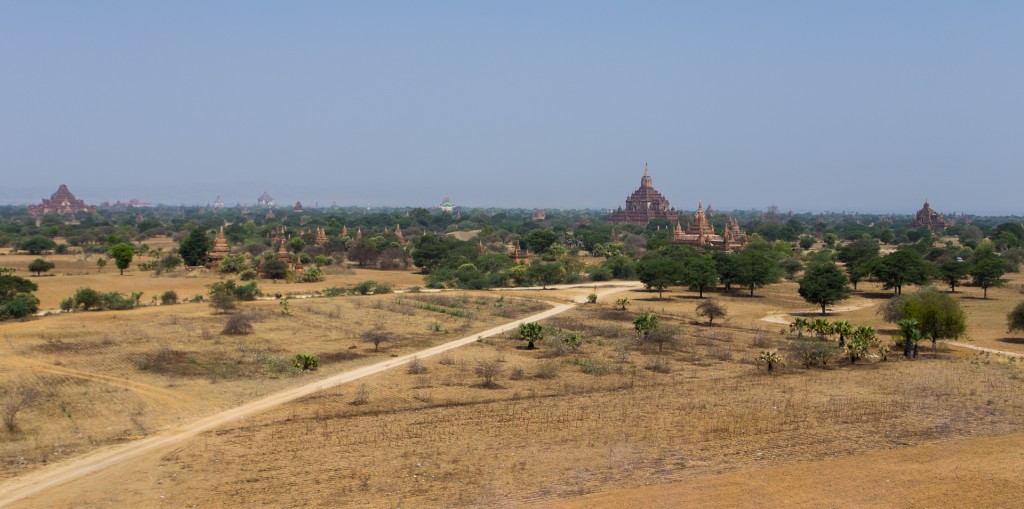

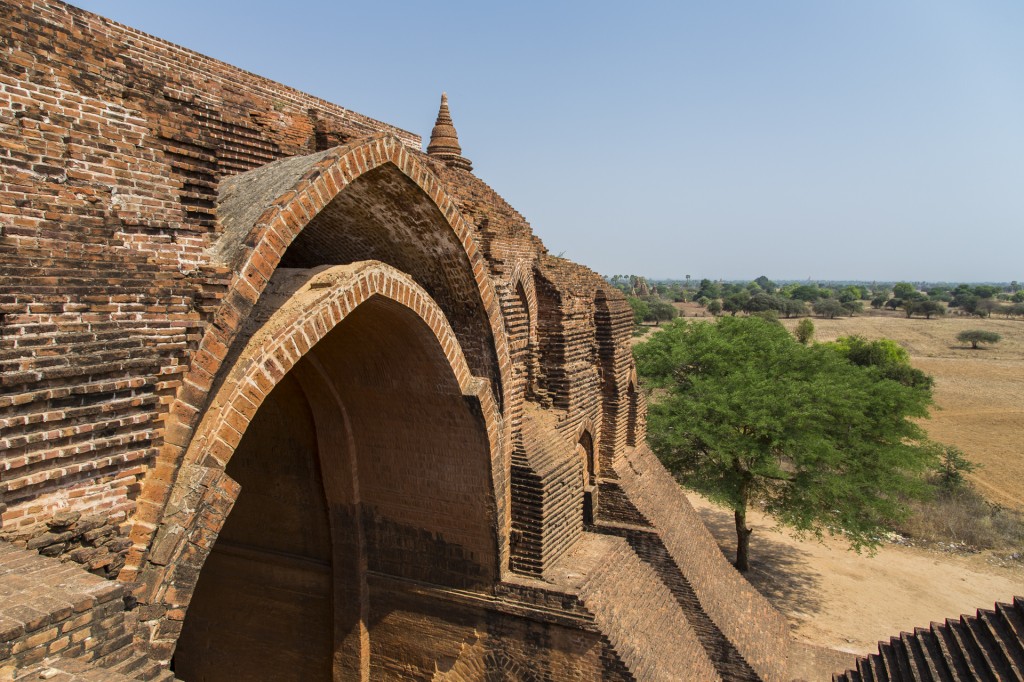

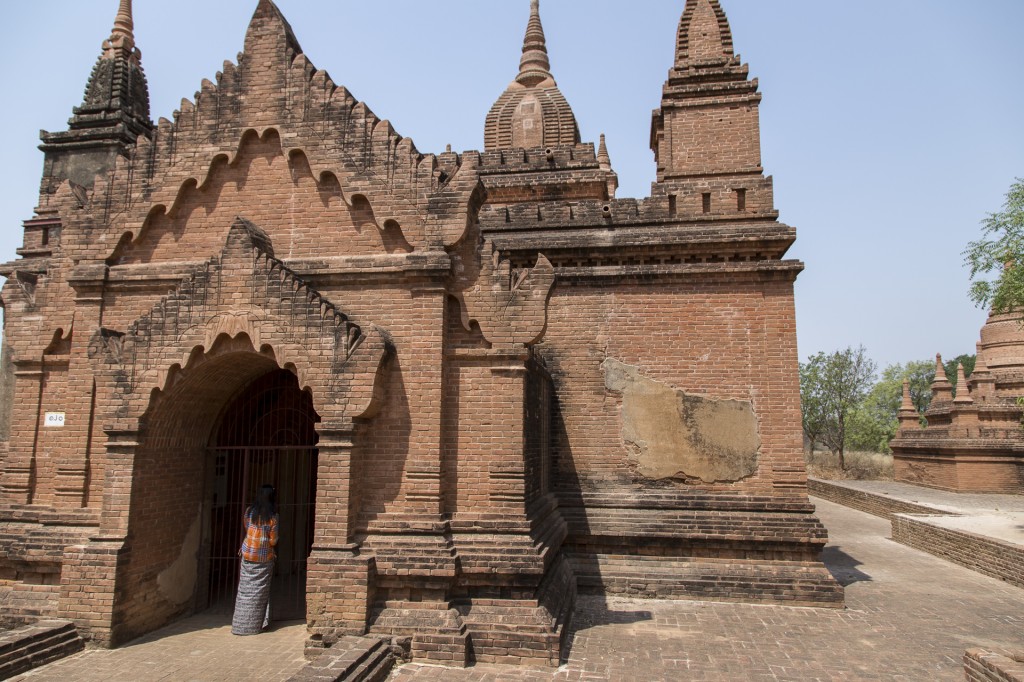
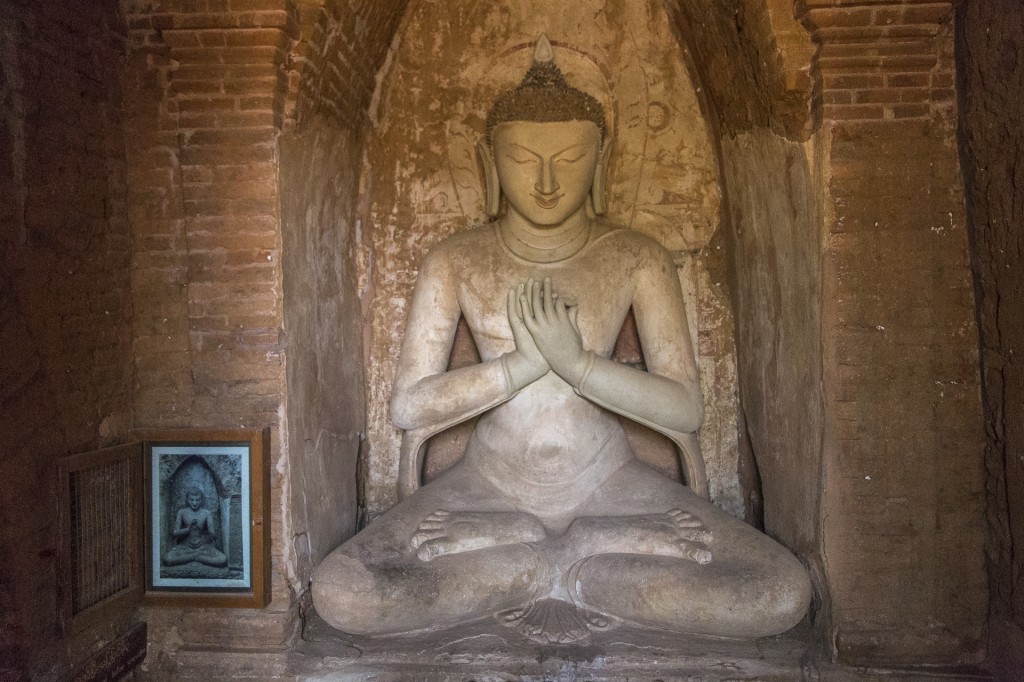

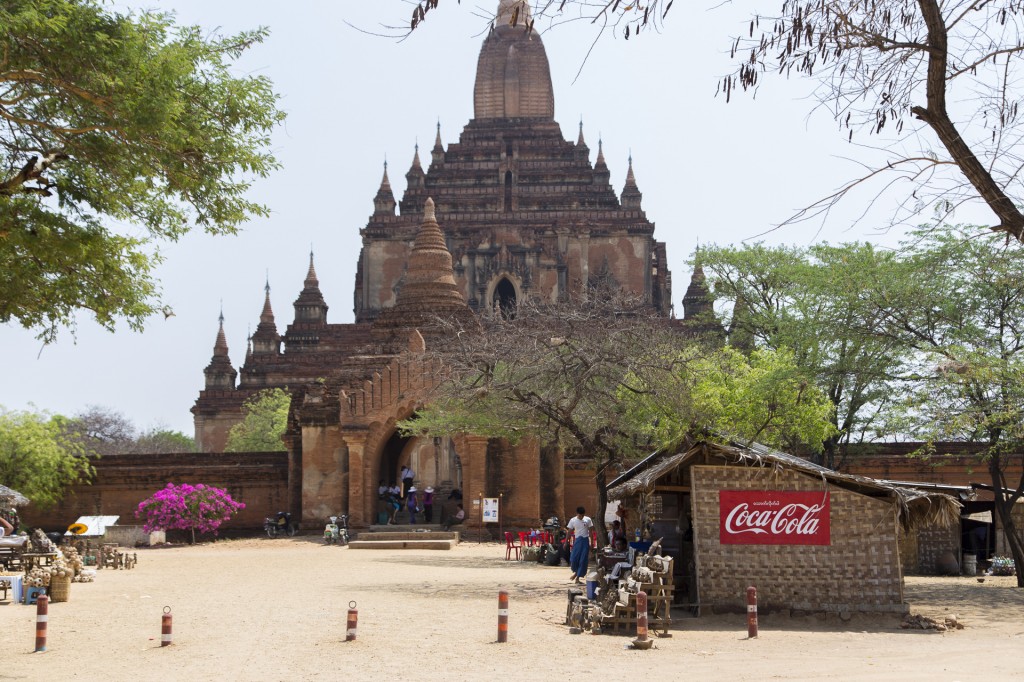
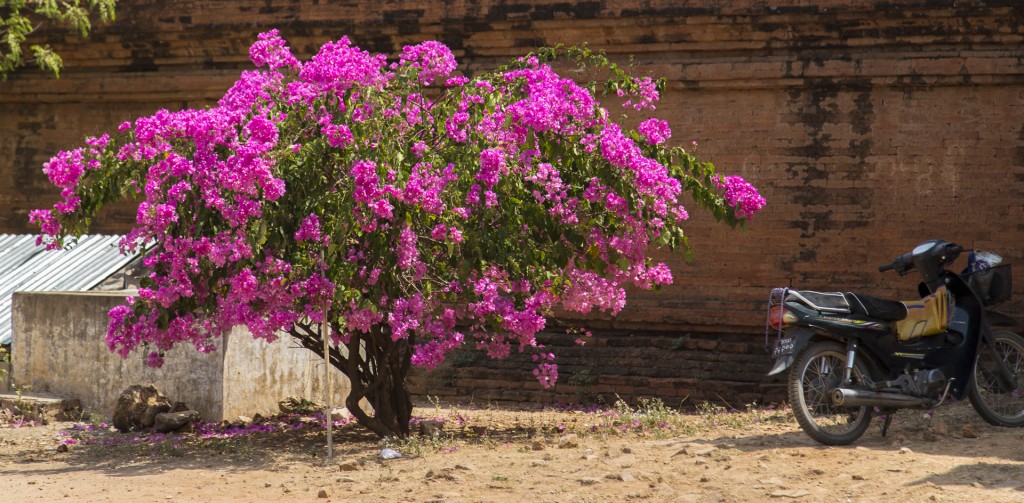
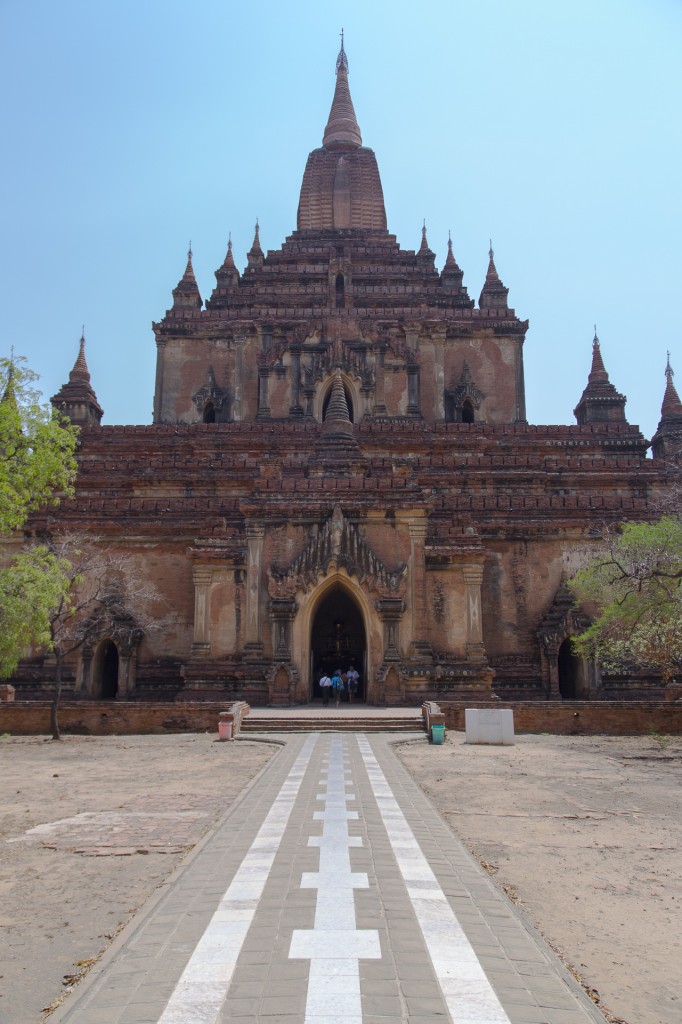
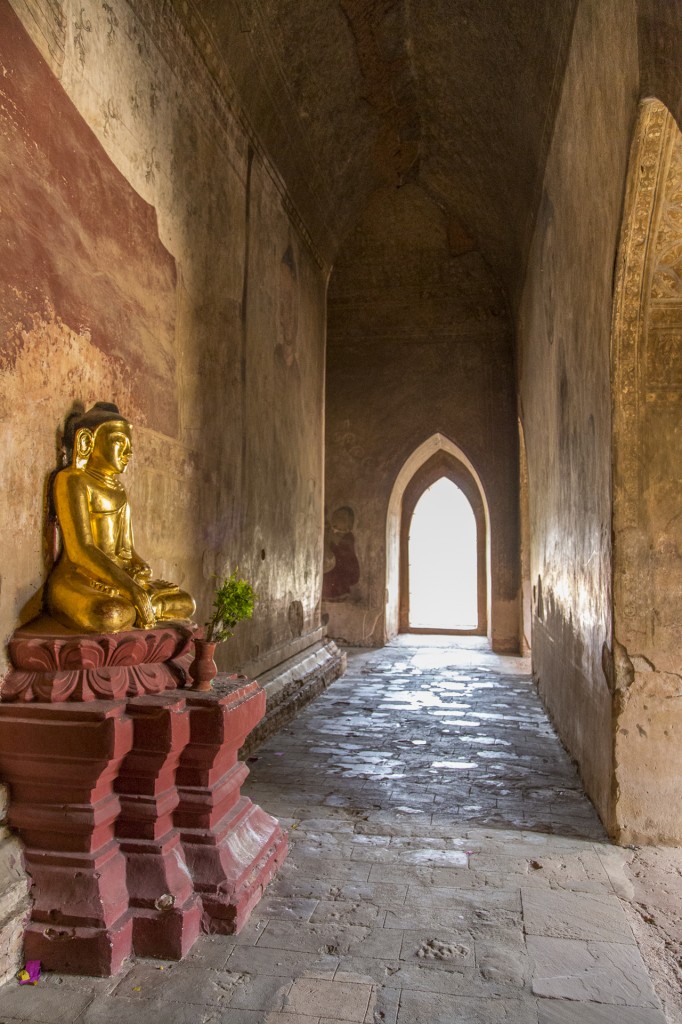
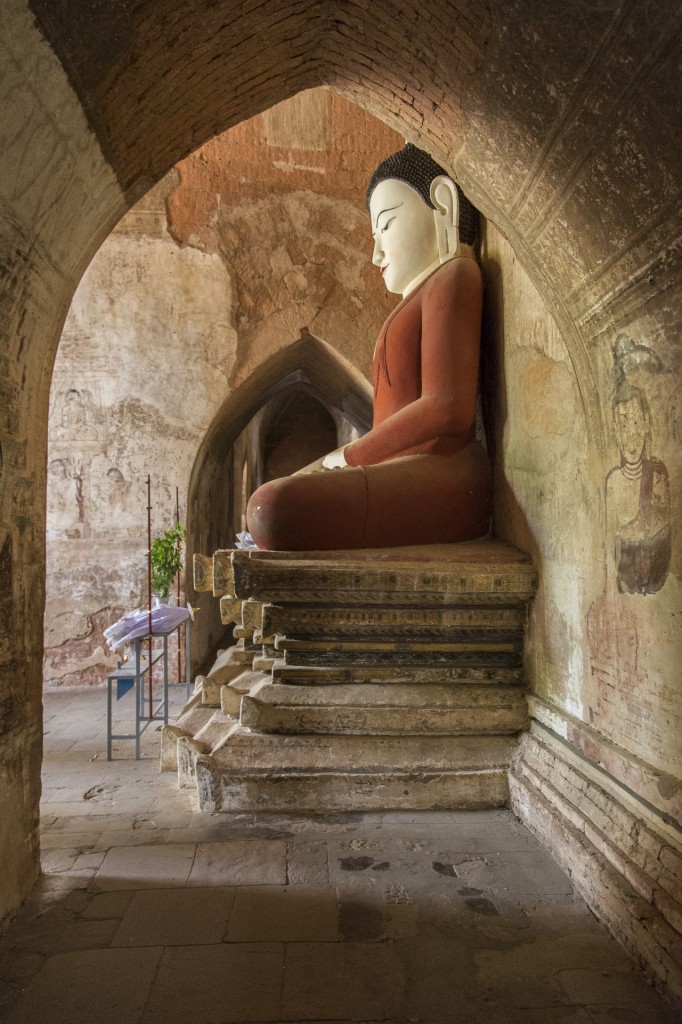
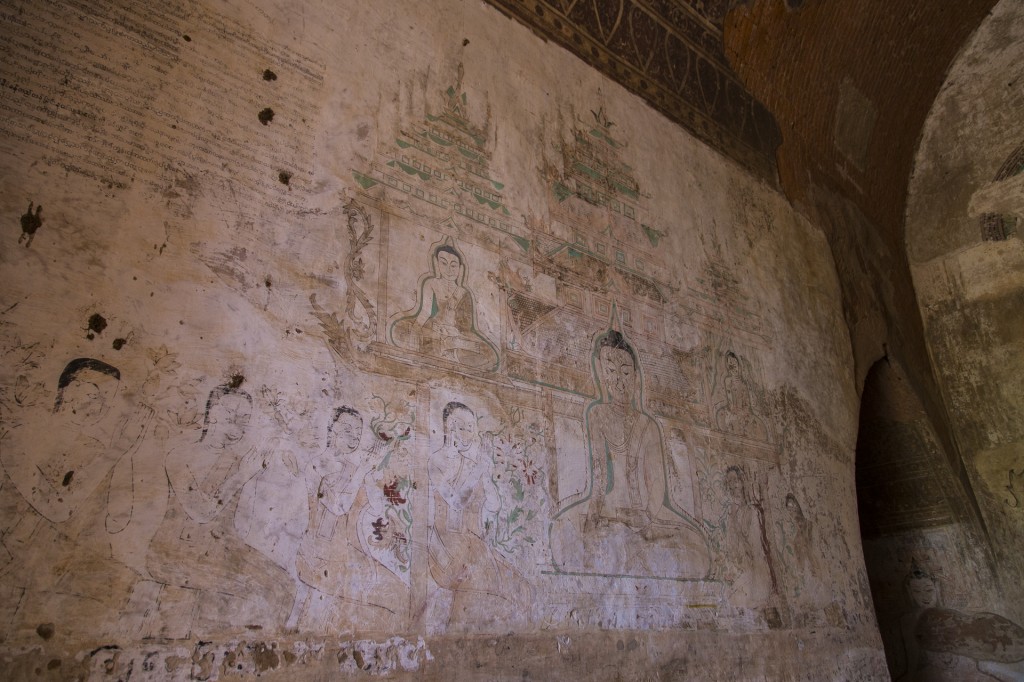

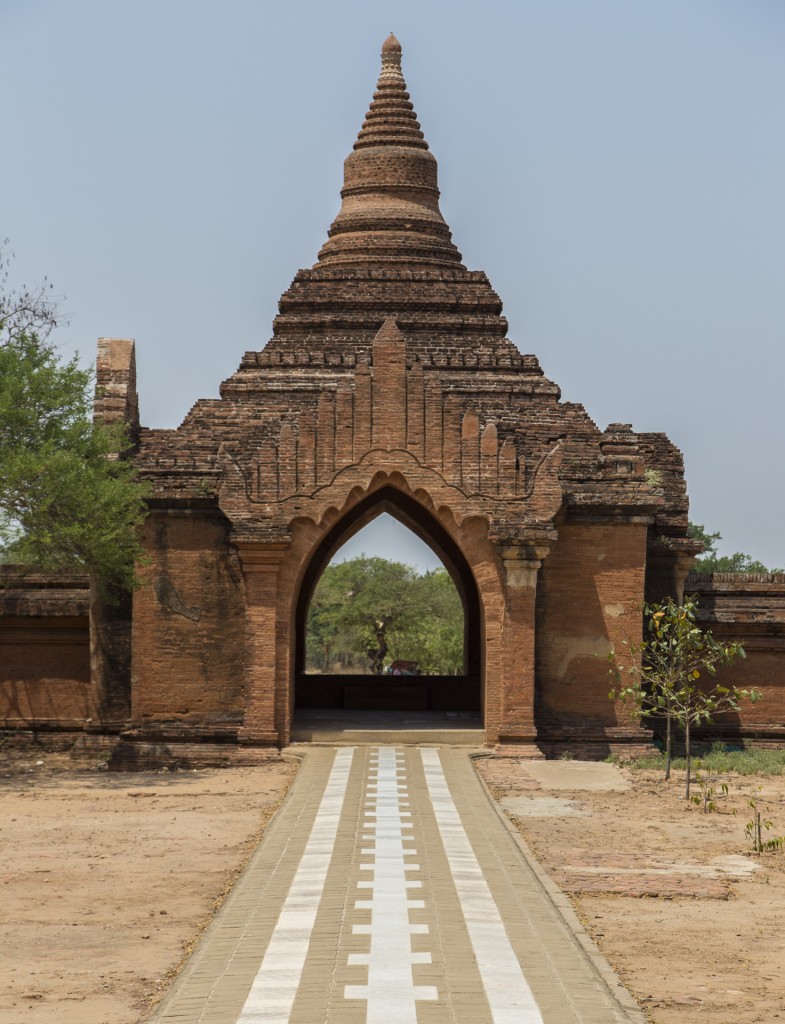

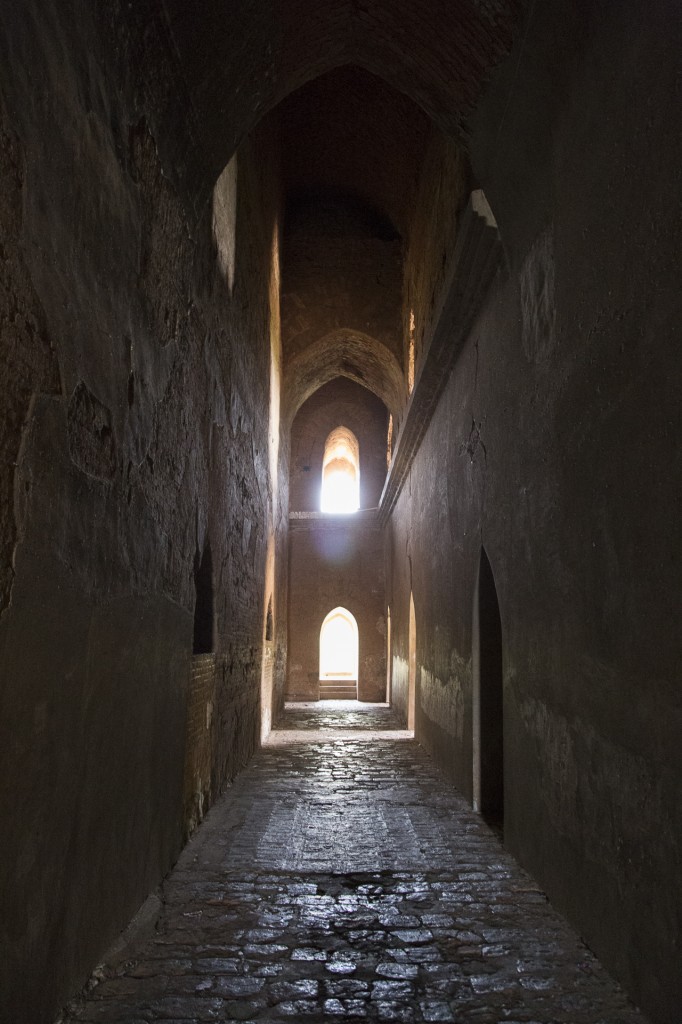

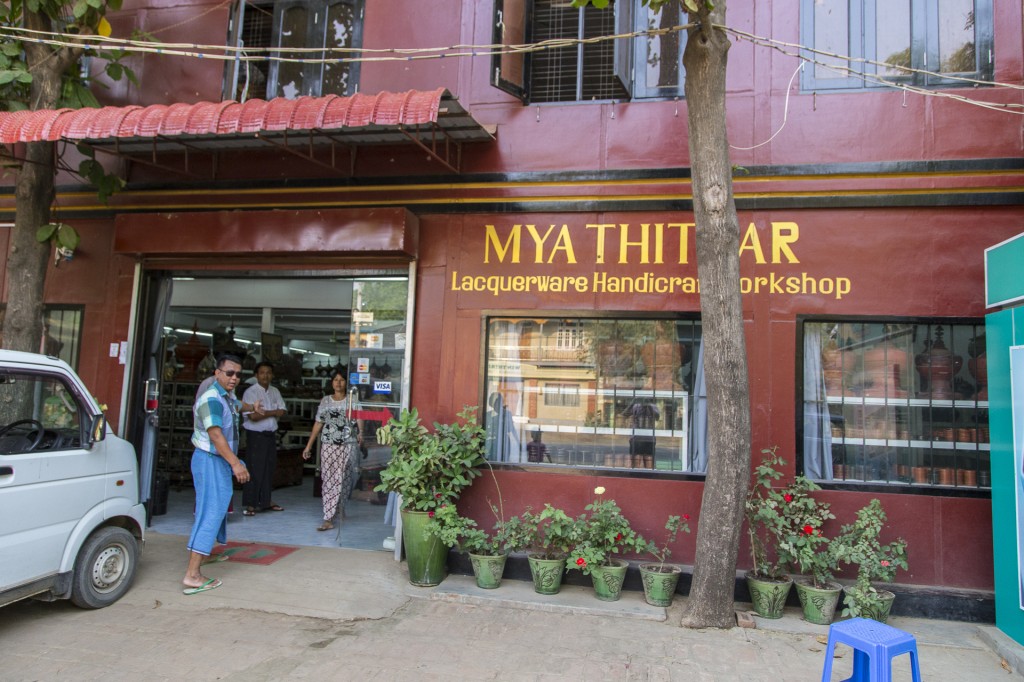
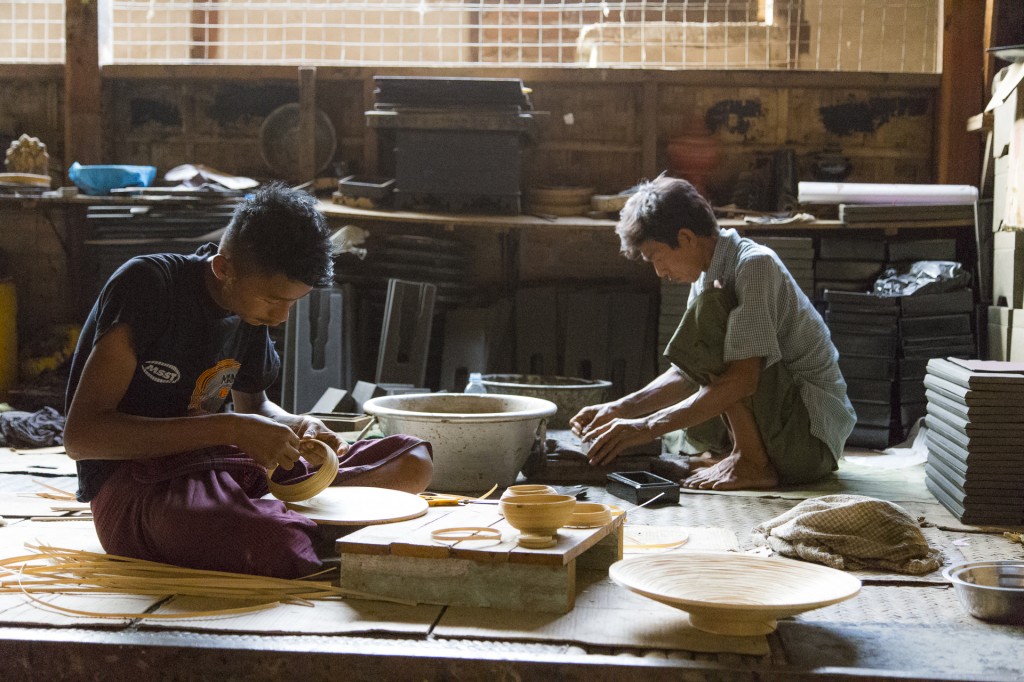

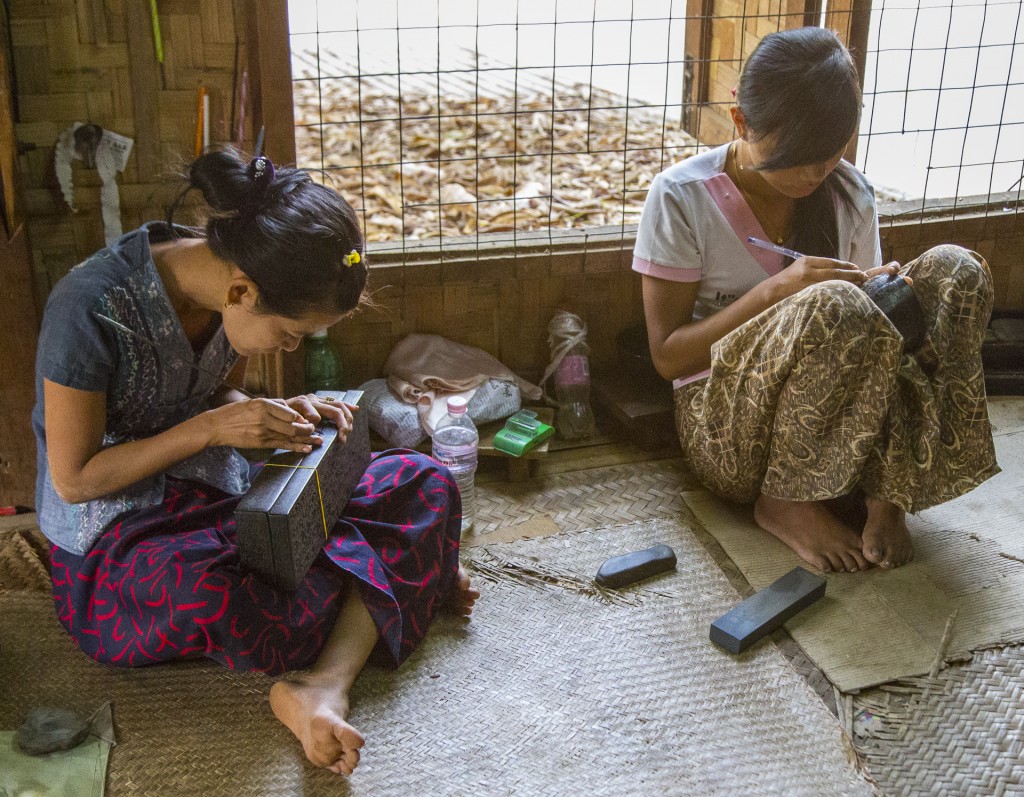


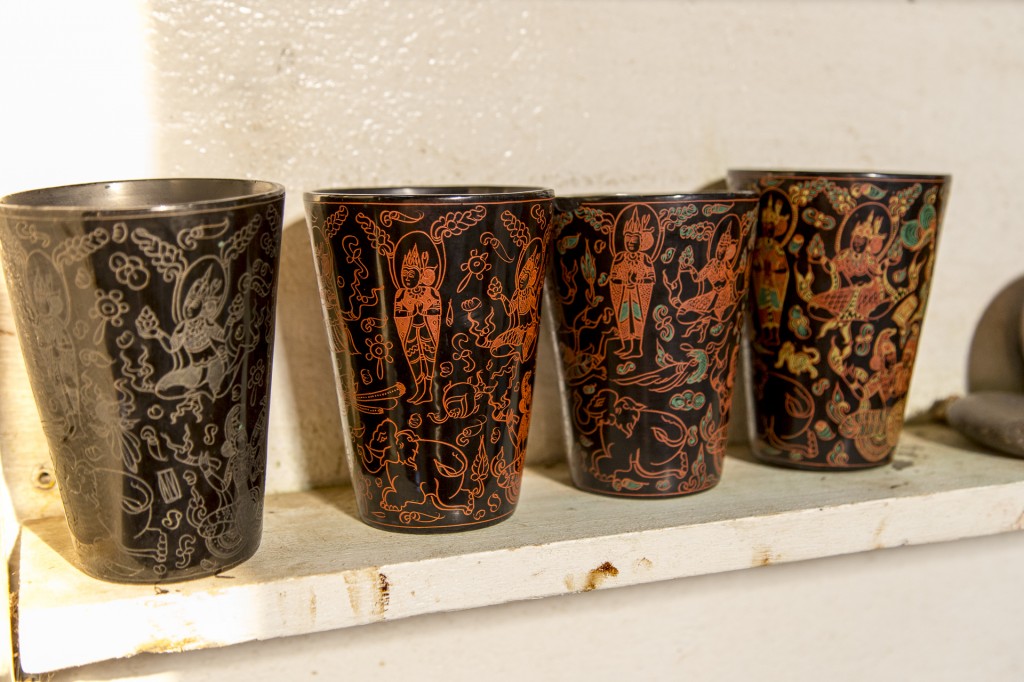
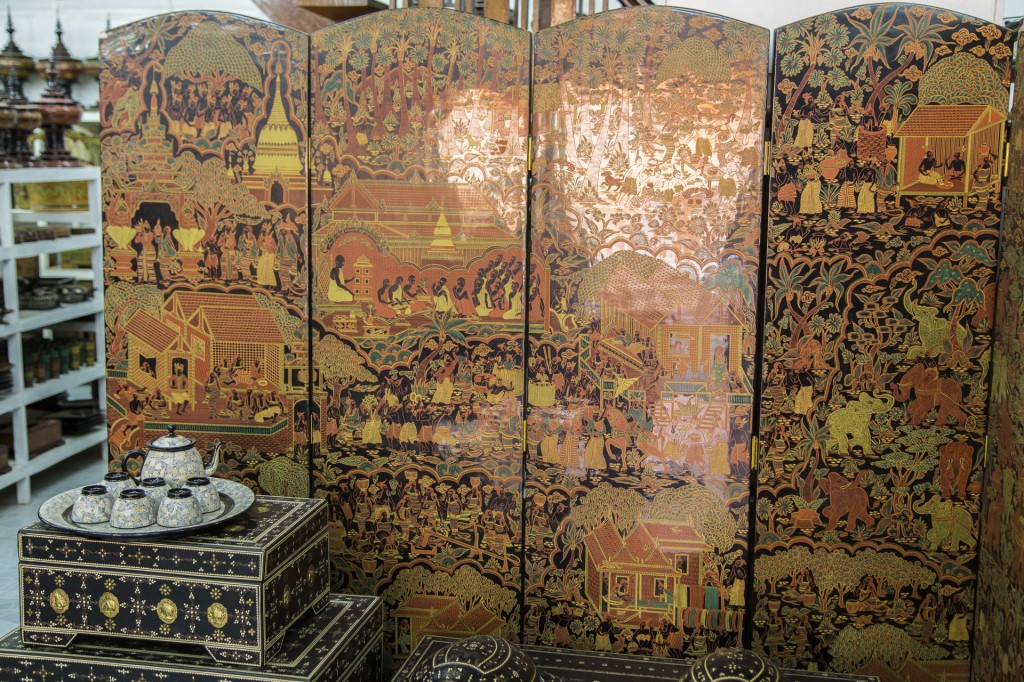
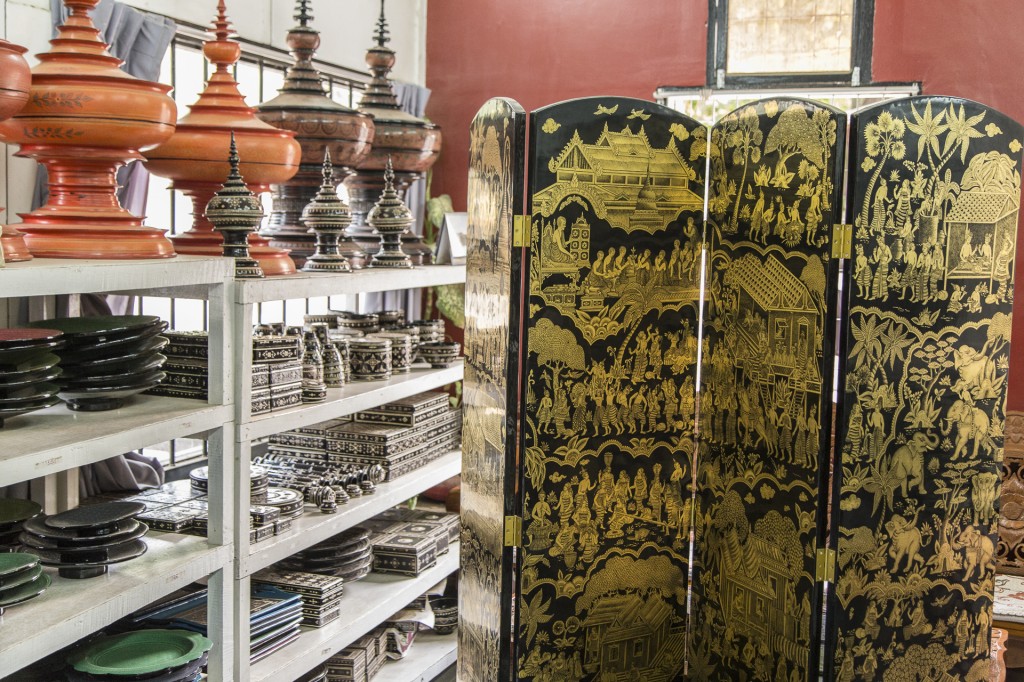
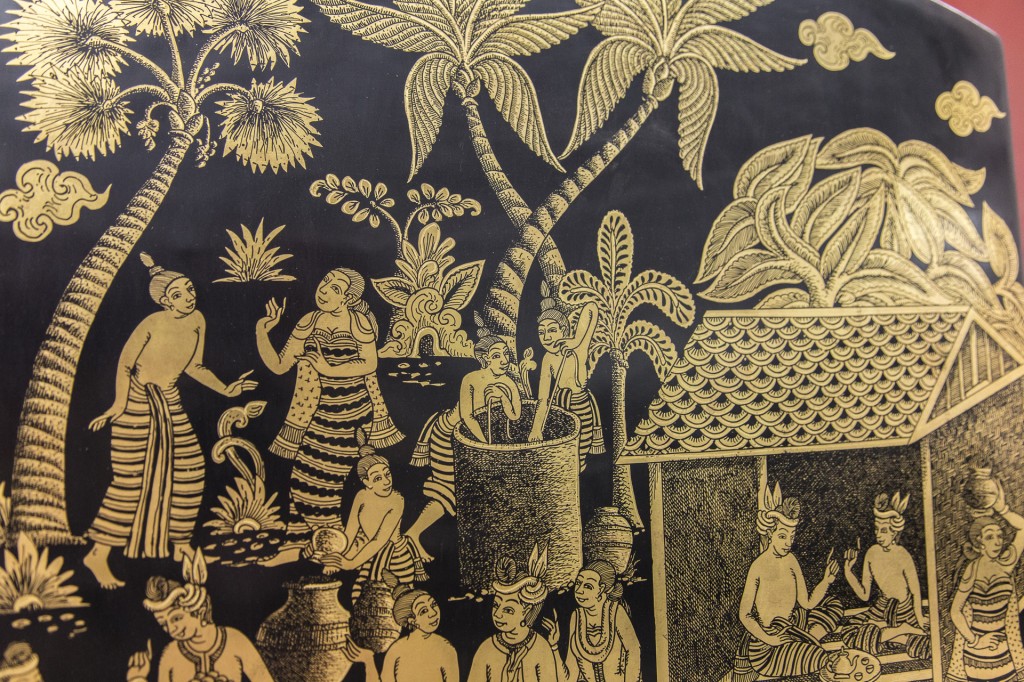
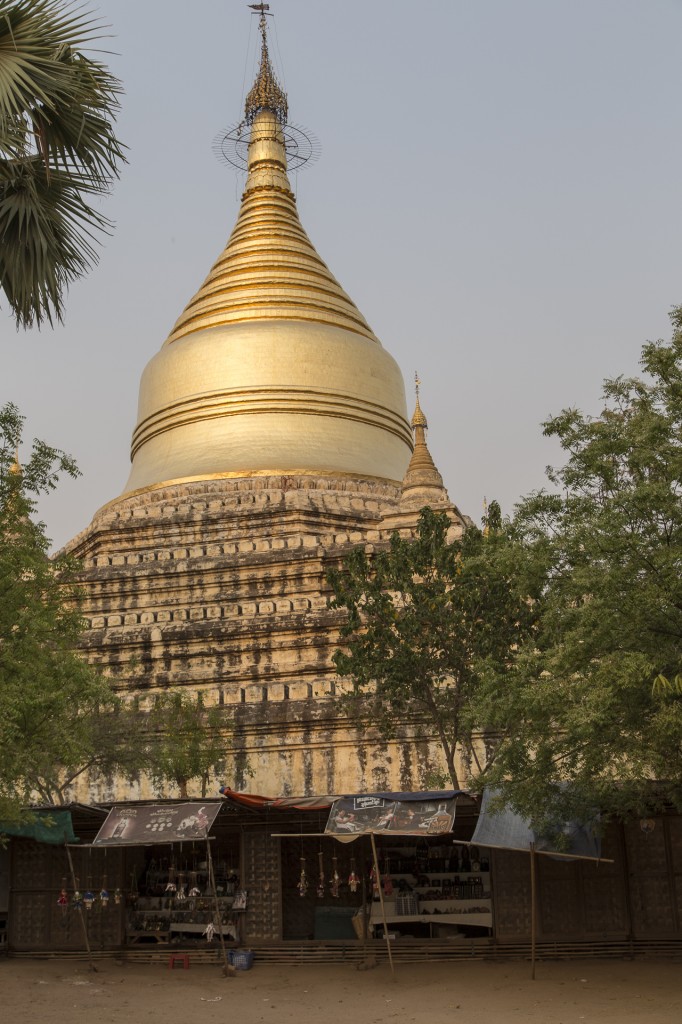


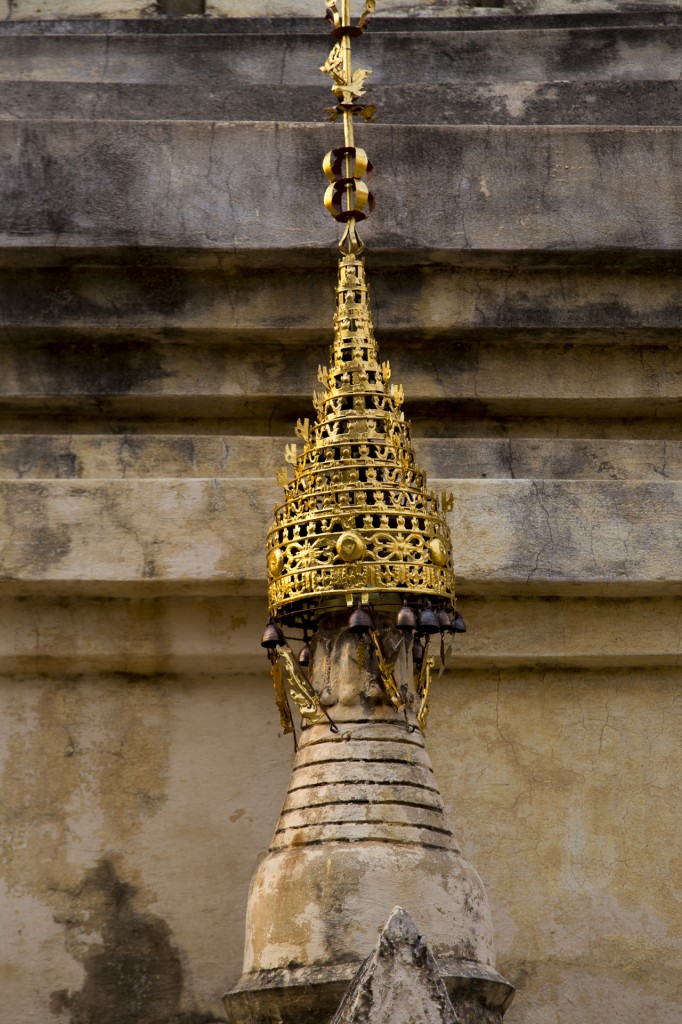
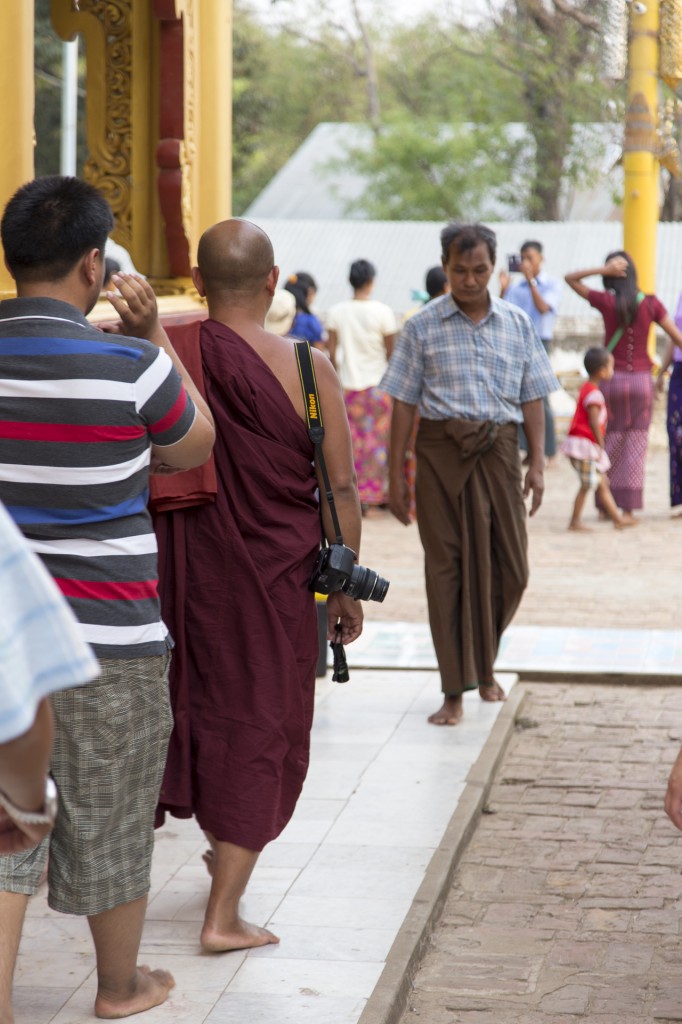
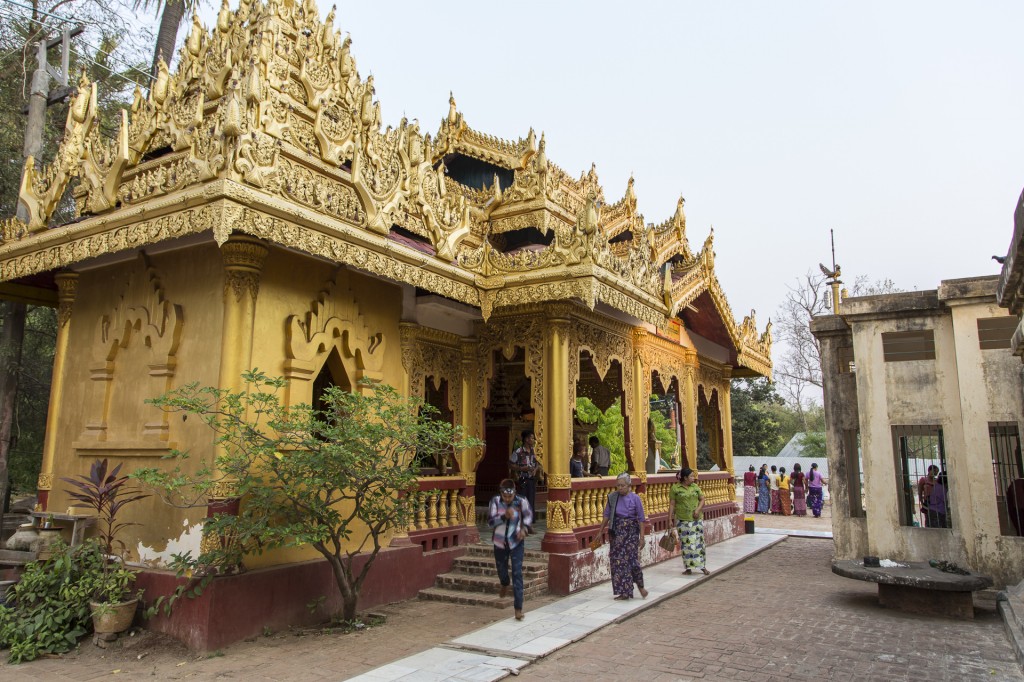


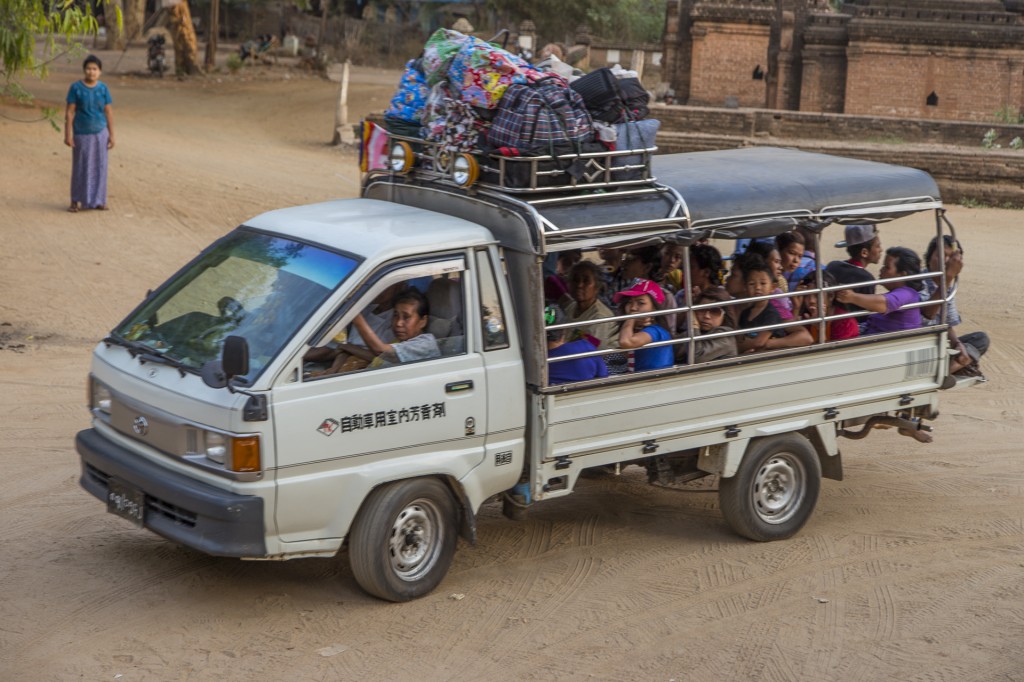



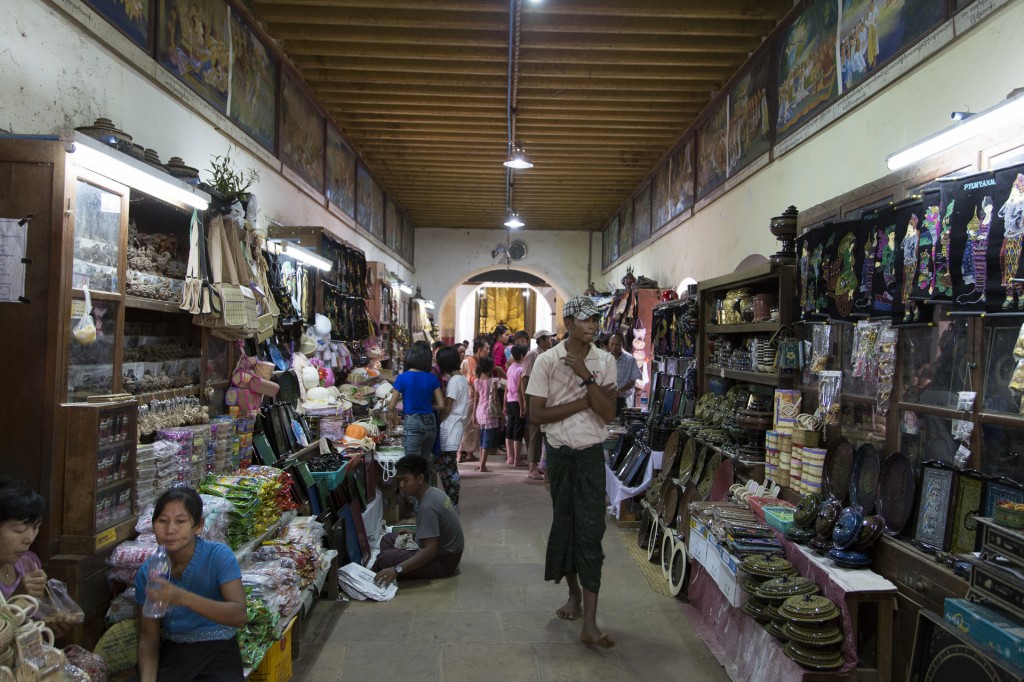


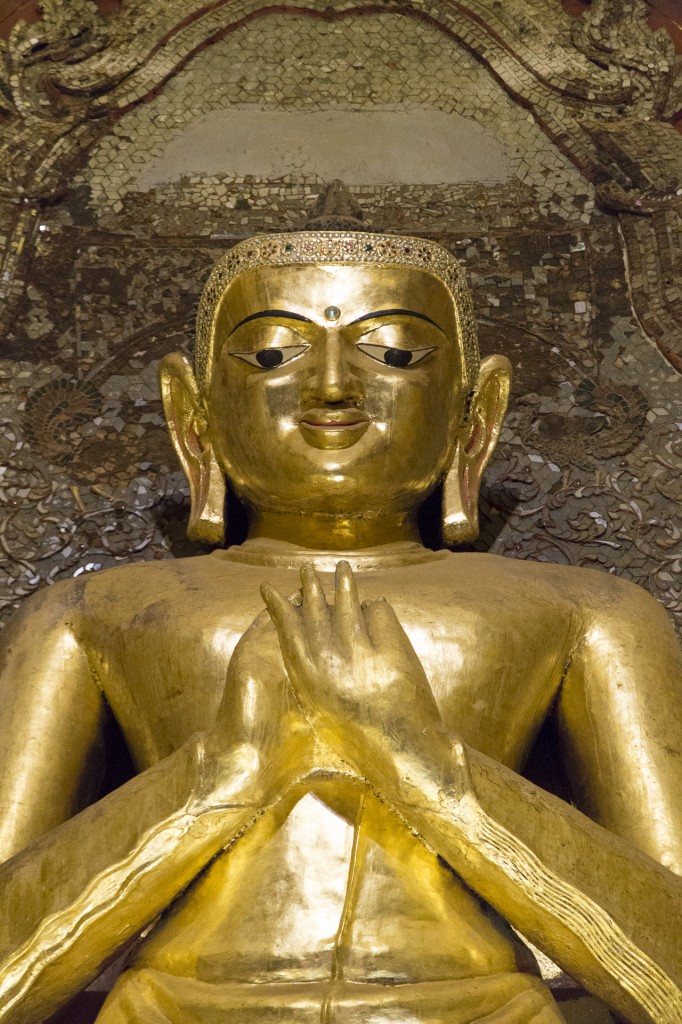
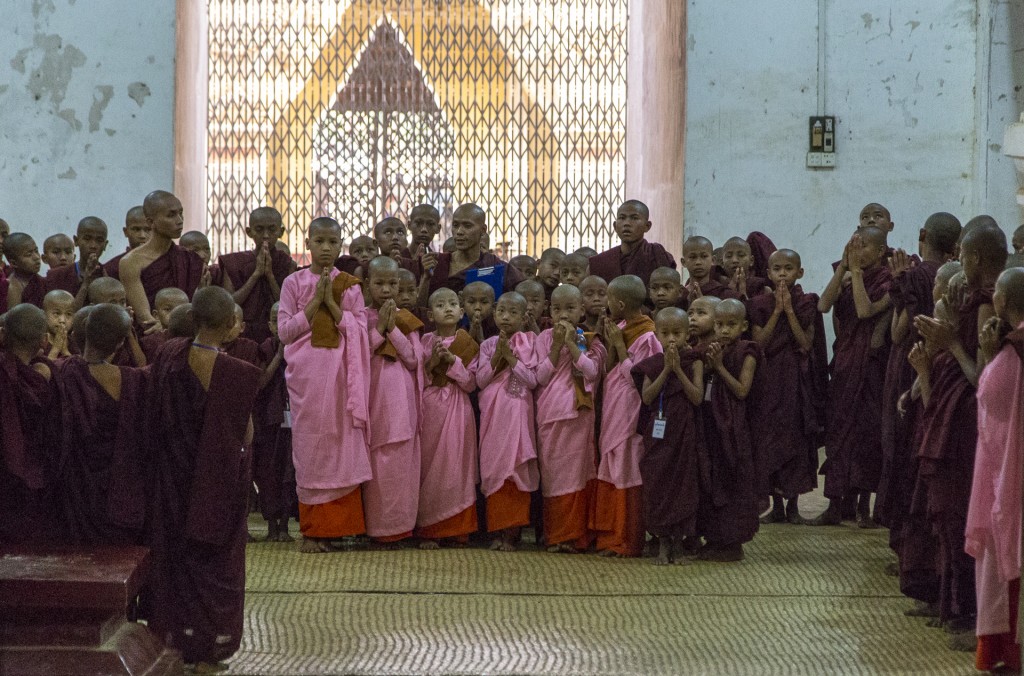
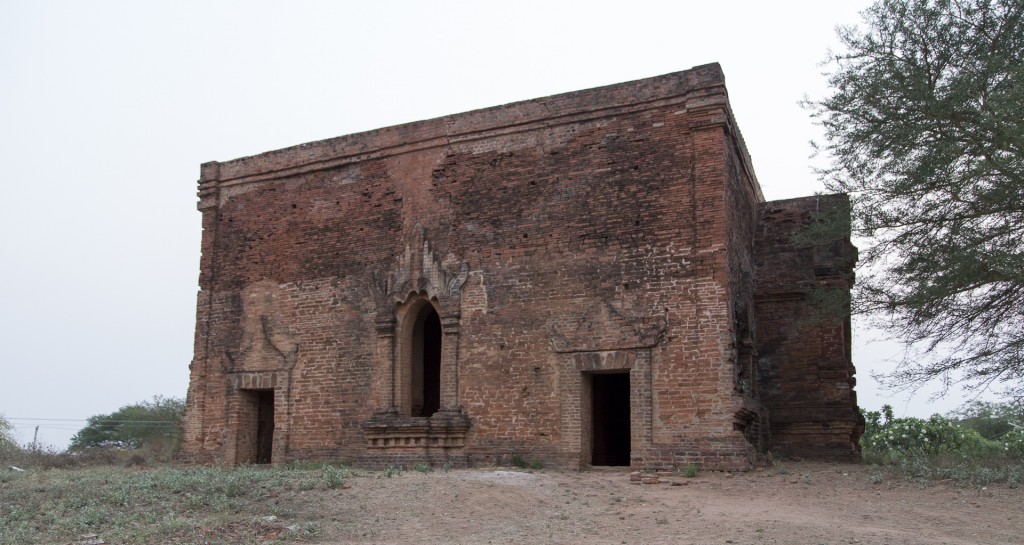

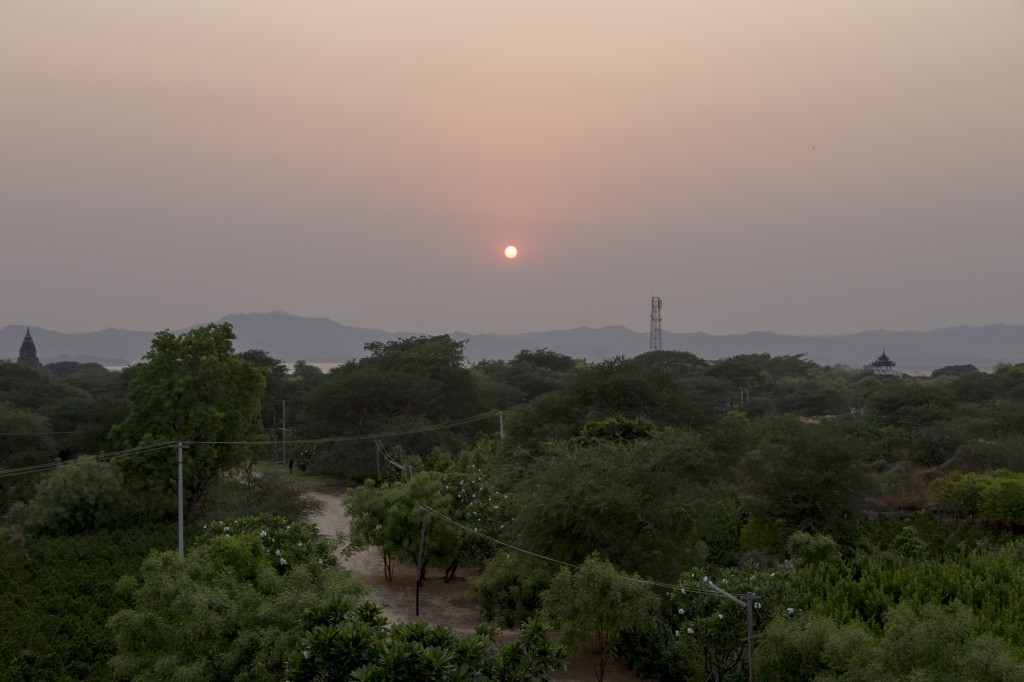

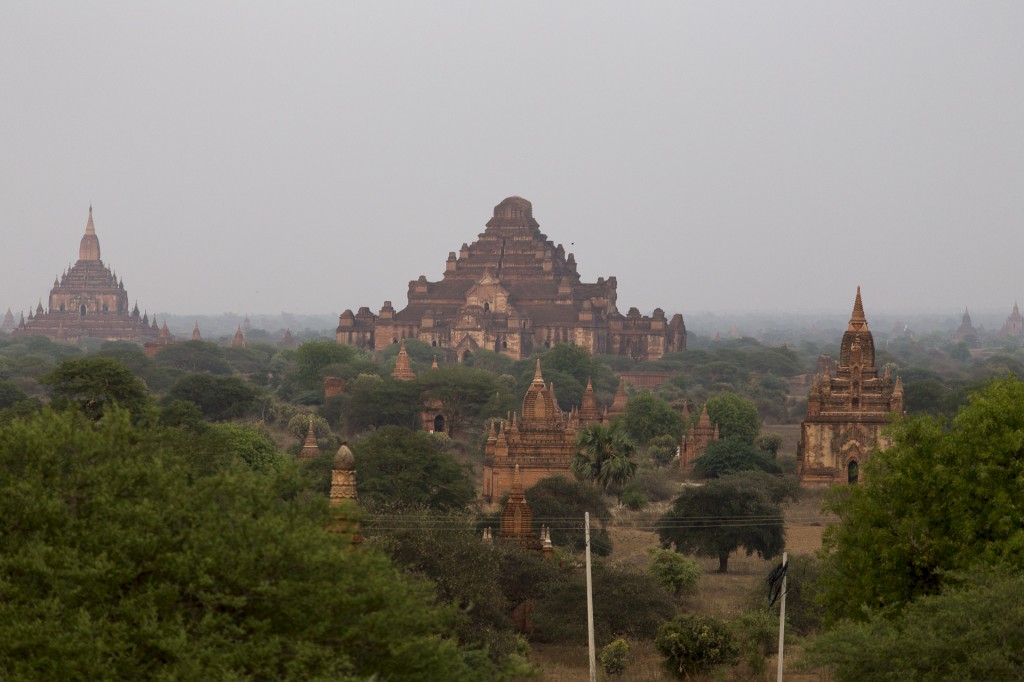
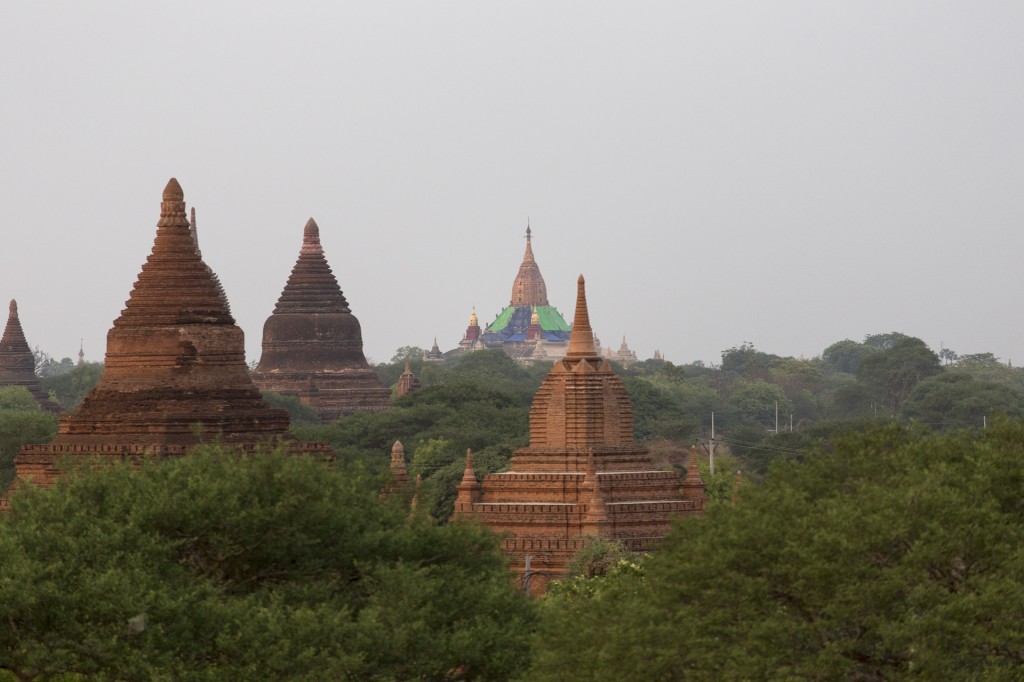
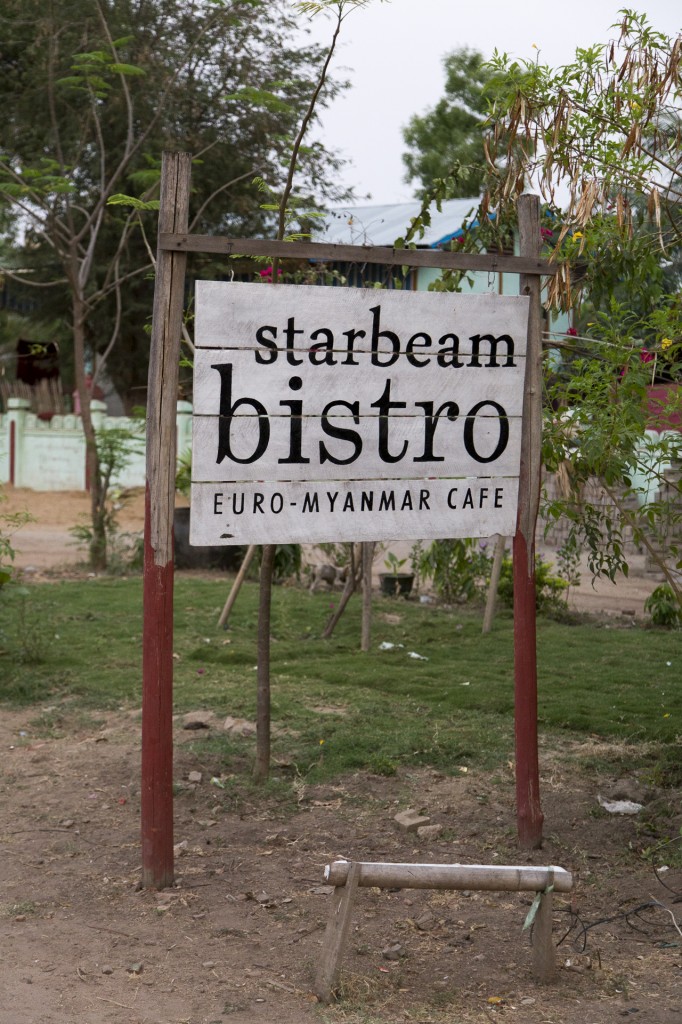

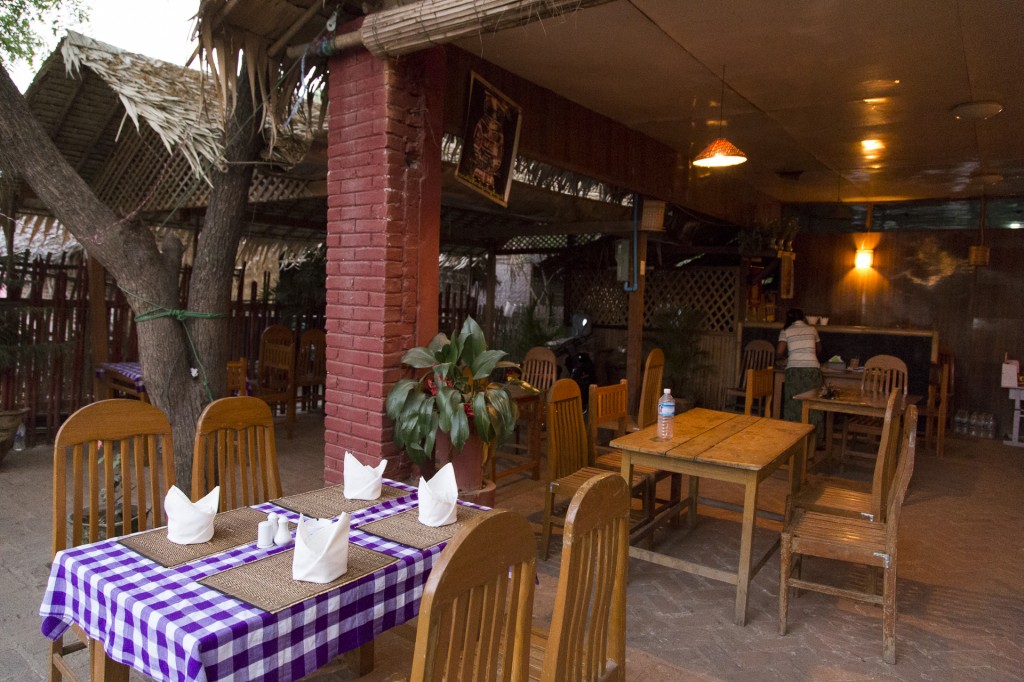

You must log in to post a comment.